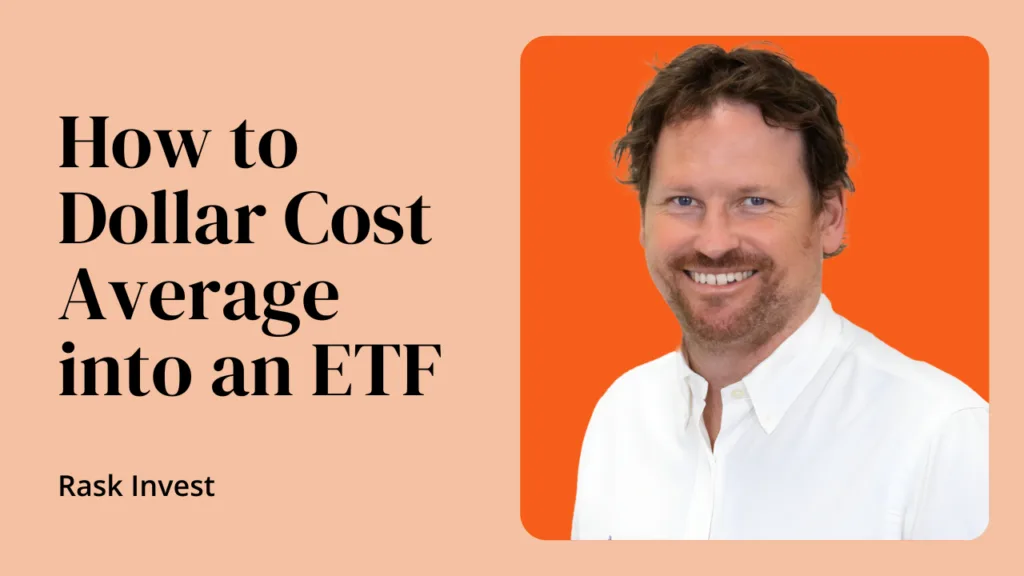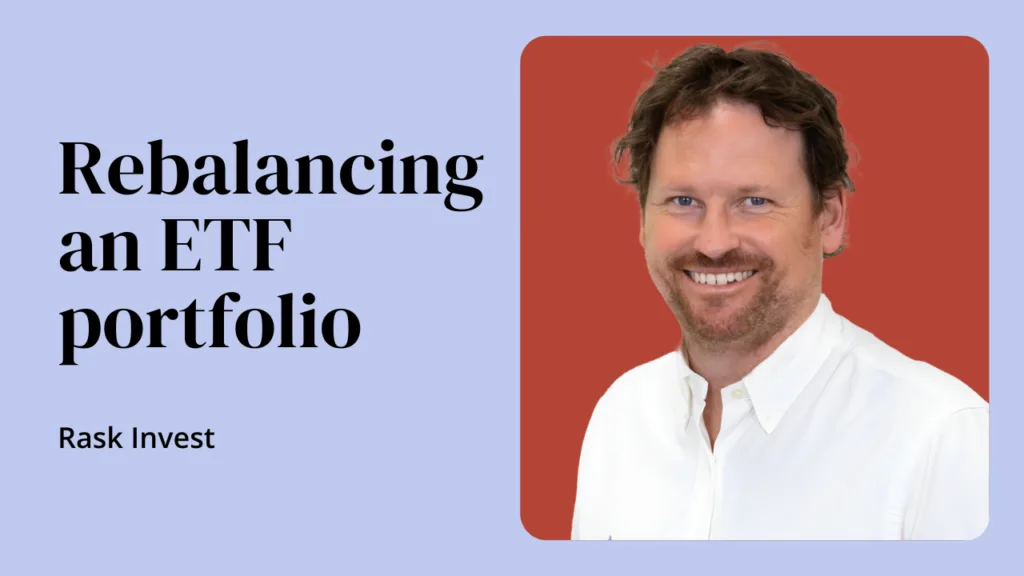This content is for Rask Core members only.
However, the good news is, since you're already registered with us, getting access to this content could take just seconds. Meaning, you're possibly just a few clicks away!
Click the join button below to find out how you can get access to our members-only material right now.
Already a member? Log in here


